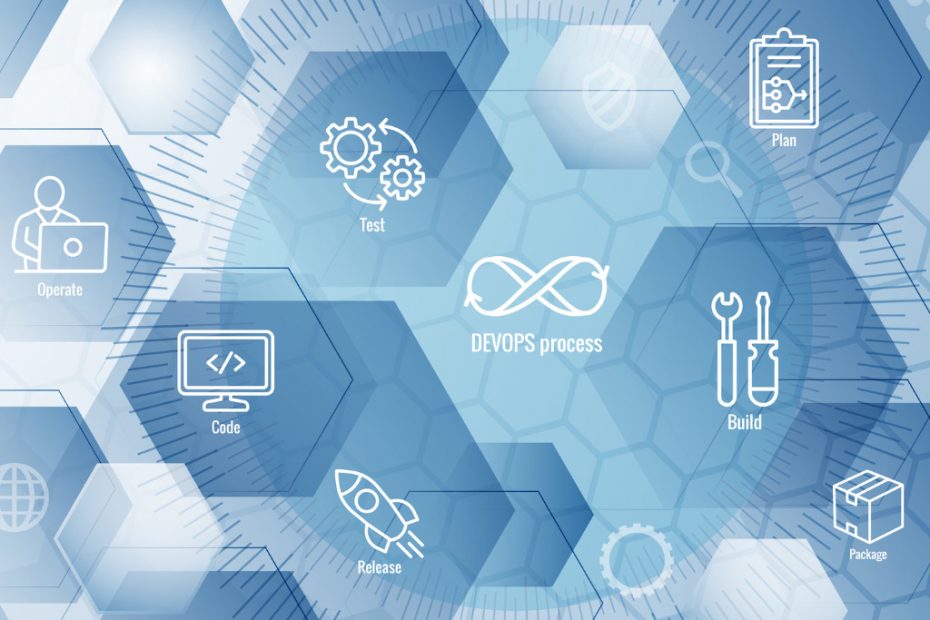sdb
Small Disadvantaged Business
In today’s entrepreneurial landscape, a term that is garnering significant attention is “Small Disadvantaged Business” (SDB). Referring to businesses owned and operated primarily by socially or economically disadvantaged individuals, SDBs weave a compelling and inspiring narrative of grit, aspiration and resilience. They play a crucial role in boosting economic inclusivity and diversification, thus deserving a spotlight on stages as equally diverse as their unique pulse and potential.
A Small Disadvantaged Business, or SDB, is a business entity that is often overlooked despite its inherent capabilities and contributions to the national economy. These are companies that are majority-owned by individuals who are either socially or economically disadvantaged. Recognizing, promoting, and investing in these small businesses can lead to the democratization of economic opportunities, ensuring everyone can participate, profit, and prosper, fostering societal progress.
The quintessence of SDBs lies in their ability to stimulate entrepreneurial spirit among marginalized communities, amplifying voices that have been inevitably left unheard. These SDBs are critical as they sweep the business landscape, harnessing opportunities and nurturing diverse communities of innovators and creators.
In the United States, the Small Business Administration (SBA) officially classifies Small Disadvantaged Businesses. This classification entitles SDBs to receive numerous benefits, including preferential treatment in terms of federal contracting. These benefits give SDBs an edge in overcoming myriad business hurdles and act as a springboard to drive their growth trajectories.
The economic implications of Small Disadvantaged Businesses are profound and far-reaching. SDBs are pivotal in boosting local economies with their knack for job creation and diversity-driven growth. In fact, they propel innovation in the marketplace, broadening the scope of product/service offerings which optimize customer choices, thereby fostering a competitive business environment.
Whether you’re a business enthusiast or a policy-maker exploring avenues of economic inclusivity, every piece of information on SDBs carries invaluable insights. Our endeavor is to deliver these insights to a vast audience ranging from students researching business sectors, entrepreneurs embarking on new ventures, to fresh small business owners finding their way.
While this post sheds light on Small Disadvantaged Businesses, it underscores a more profound message – embracing economic inclusivity promotes businesses that reflect society’s vibrant diversity. This understanding is paramount to acknowledging the contribution of SDBs and championing for more inclusive business structures and policies.
Ultimately, understanding the significance of a “Small Disadvantaged Business” provides a thorough grasp of the engine that powers economic inclusivity. By raising awareness about SDBs, we can collectively work towards eliminating unjust barriers and providing equal business opportunities for all.
For society to grow and flourish, it requires the active participation of all its members, including the disadvantaged. The term “Small Disadvantaged Business” serves as a beacon, guiding us towards our roles in creating an inclusive and prosperous society. Through fostering advancements, piquing interest, and evoking curiosity—SDBs not only serve as a testament to the indomitable entrepreneurial spirit but also lays the foundation for the future of businesses.
To sum it up, Small Disadvantaged Businesses embody more than a commercial entity; they are a story of challenges and triumphs that draw us closer to a future promising diversity, inclusivity, and success. By championing these businesses, we can edge closer to an entrepreneurial environment that is truly representative of societal diversity, serving as an emblem of economic resilience and growth in the face of adversity.
In conclusion, while Small Disadvantaged Businesses (SDBs) may face unique challenges, they are powerful contributors to economic growth, innovation, and job creation. Taking the time to understand the role and impact of SDBs in our economy illuminates the path to building a more inclusive, adaptive, and thriving economic landscape.












